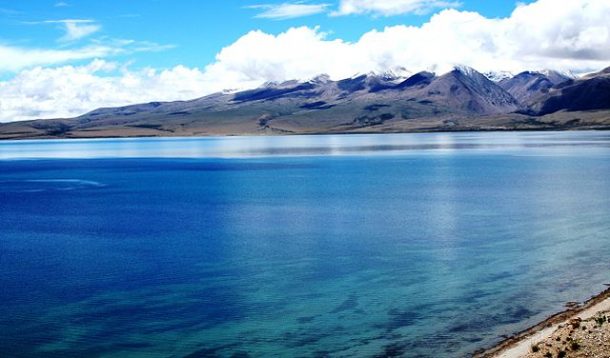Mt. Everest and Mt. Kailash: The Most Spectacular vs. The Most Spiritual
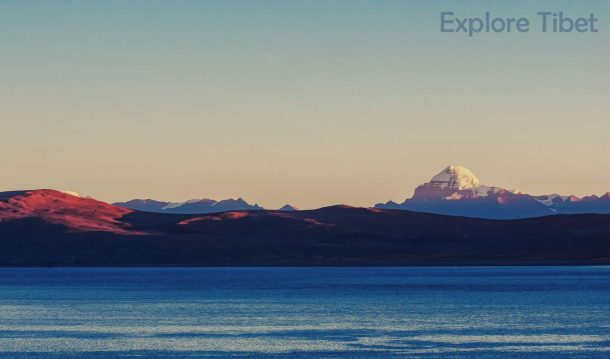
Mt. Kailash’s southern face from Lake Manasarovar.
Mt. Everest might claim the title of the world’s tallest mountain, but Mt. Kailash is undoubtedly Tibet’s holiest mountain. People from all over the world ascend 5000 meters to Everest Base Camp just to get an unobstructed view of the world’s tallest mountain. While others journey to the far west to complete the 51 km circuit around Mt. Kailash and wash away the sins of a lifetime. These two are the tourist’s favorite destinations in Tibet.
Unfortunately, the two mountains are geographically too far apart to be included on the same itinerary. But perhaps a look at the attractions, timeframe, and physical requirements of each mountain will make it easier to choose one.
Table of Contents
Attractions
Mt. Everest Itinerary
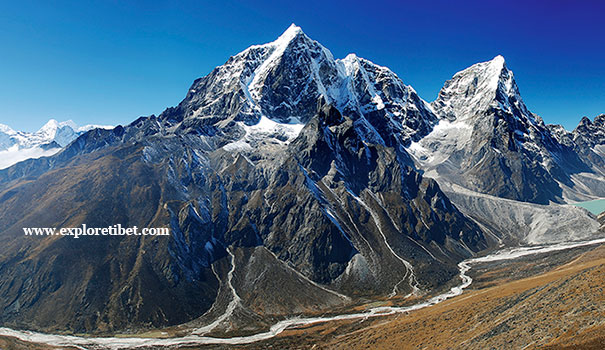 Everest Base Camp
Everest Base Camp
At an altitude of 5250 meters, this is the highest point on Mt. Everest accessible to tourists and the best spot, on both sides of the Tibet-Nepal border, for an unobstructed view of the peak.
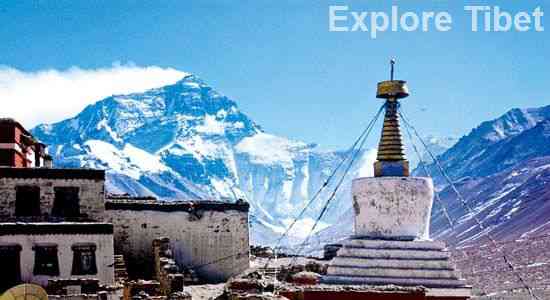
Rongbuk Monastery
Erected by Padmasambhava in the 8th century, Rongbuk Monastery is the tallest monastery in the world at 4980 meters above sea level. It also ranks at the top of CNN’s “9 great places to be a recluse.”
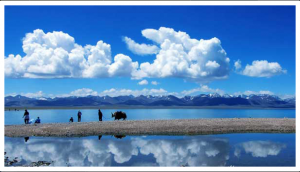 Namtso Lake
Namtso Lake
Tibet’s largest lake is an idyllic scene of nomadic life. The turquoise waters of Namtso Lake attract herds of yak and sheep while the four monasteries around the lake serve as stations for pilgrims completing a spiritual circuit.
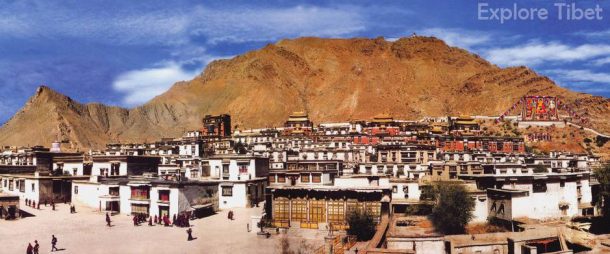
Tashi Lhunpo Monastery
In nearby Shigatse, you will find this golden-roofed monastery established by the first Dalai Lama Genden Drupa. It houses Jamkhang Chenmo, a giant bronze and copper alloy statue, in the room of 1000 images of the Buddha.
Mt. Kailash Itinerary
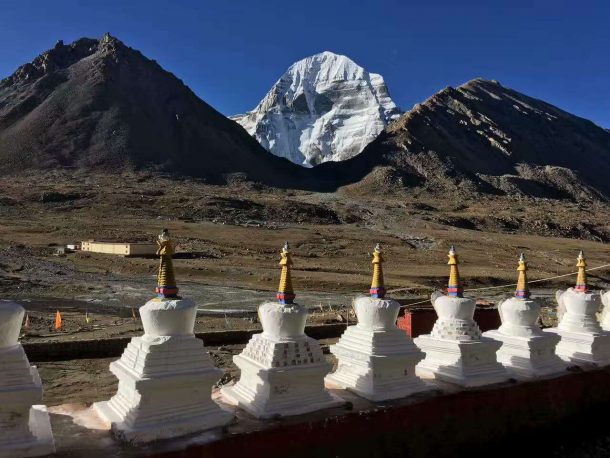
Mt. Kailash
“Precious Jewel of the Snow” in Tibetan, Mt. Kailash is the source of four major rivers in Tibet and a sacred mountain in Buddhism, Jainism, Hindu, and Bon. Pilgrims of all four faiths believe that a circuit around the mountain will absolve you of your sins.
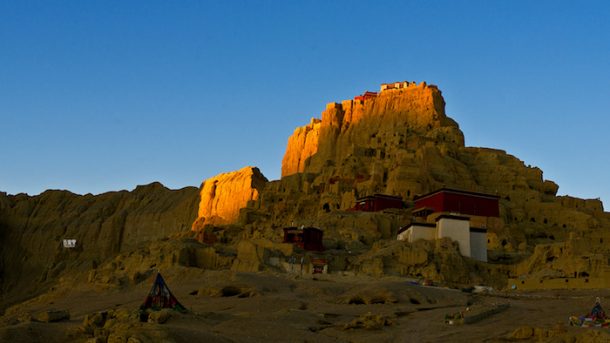
Guge Kingdom
Founded in the 10th century, the lost kingdom of Guge was an important center of religion and society in Tibetan society for over 700 years. To date, explorers have found over 400 rooms and 800 caves in search of Tibet’s mysterious past.
Manasarovar Lake
Eight different monasteries symbolizing the wheel of life once encircled Manasarovar Lake, the highest freshwater lake in the world. Only two of the original eight stand today but pilgrims still flock to the site where it is believed that the mother of the Lord Buddha came to bathe and wash away her sins.
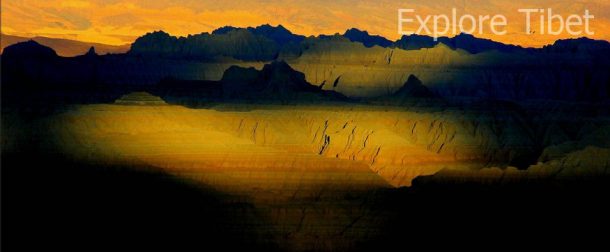
Zanda Earth Forests
Not far from Guge Kingdom is Tibet’s version of the American Grand Canyon. Composed mostly of sandstone and clay, the earth forest was formed by the movements of the Himalayas and erosion over millions of years.
Timeframe
Mt. Everest
The best times to visit Mt Everest are in the months of May and October when daytime temperatures are still above freezing, there is little rain and sunny days are abundant. The skies are the clearest during these two months and you will have the best chance of seeing the peak.
From June to September, the rains of the monsoon season will cover the entire mountain in mist, making it difficult to get a good view of the peak. Additionally, landslides may block the roads leading up to base camp.
Itineraries for Everest Base Camp require 8 days minimum to properly acclimatize and see all the sites. If you want to trek the valleys of Mt. Everest, an additional 4 days is needed.
Mt. Kailash
Though summer isn’t a good time to visit Mt. Everest, conditions are perfect to visit the rest of Tibet. From May to October, temperatures are at their warmest and the oxygen content of the air is at its highest.
Mt. Kailash and its surrounding attractions are in the far west of Tibet and itineraries will range from 13 to 20 days to allow for longer travel times.
Physical Requirements
Mt. Everest
From Lhasa to Everest Base Camp, you will begin at an altitude of 3600 meters and ascend to a maximum altitude of 5250 meters. Even after three days of acclimatizing in Lhasa, a two thousand meter increase in elevation will put you at greater risk of experiencing Acute Mountain Sickness. Visitors who make the trip are sometimes physically unable to stay the night at an Everest Base Camp guesthouse and need to be accommodated at lower elevations.
Mt. Kailash
The highest elevation listed on all Mt. Kailash itineraries tops out at 5000 meters. Though it is still a very high elevation, the elevations for the entire trip will stay within the 4000-5000 meter range. Your body will have more time to adjust to the high elevation.
The best way to experience the varied landscapes of western Tibet is through three days of treks ranging from 13 to 20 km. These tours rank as “strenuous” on our ranking scale and are most suitable for the physically fit and healthy.
Verdict
If you are ready for a trip to Tibet in the months of May and October, prepared for altitude sickness and always dreamed of seeing the tallest mountain in the world, then consider focusing your itinerary around Mt. Everest.
Can’t make those dates but still want to see mountains? Well, Mt. Kailash might be the solution for you if you have a little extra time to spend in Tibet, want to experience the wilderness firsthand and have an interest in history and spirituality.
Recent Posts
Winter Tibet Budget Tour
A Winter Trip to Tibet
Tibet Tours in Winter
All Categories
- About Tibet
- book a Tibet tour
- Buddhism Practice
- Budget Tour
- China-Tibet Train
- Customized Tibet tour
- Historical Sites
- Hot Springs in Tibet
- News
- Photography in Tibet
- Tibet attraction
- Tibet Group Visa
- Tibet Motorcycle Tour
- Tibet Small Group Tours
- Tibet Tours and Tibetan Tour Guide
- Tibet Train
- Tibet Travel FAQs
- Tibet Travel Information
- Tibet Travel News
- Tibet Travel Permit Update
- Tibet Travel Prices Rises
- Tibet Trek
- Tibet Trekking Tour
- Tibet weather and climate
- Tibet Wildlife animals
- Tibet Winter Tour
- Tibetan Buddhism
- Tibetan Cultural Features
- Tibetan Culture and Poeple
- Tibetan Festivals
- What to see in Tibet

